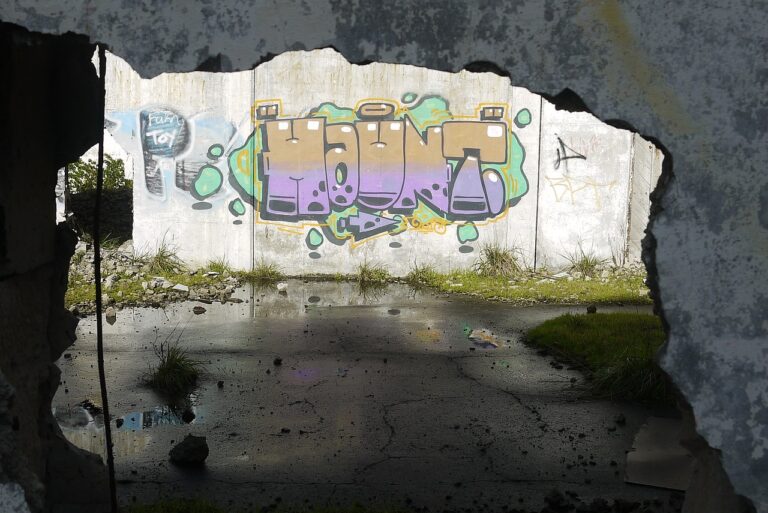Exploring the World of Ethical and Sustainable Jewelry Production
When it comes to the ethical sourcing of materials in the jewelry industry, transparency and traceability are key factors to consider. Consumers today are increasingly conscious about the origins of the materials used in their jewelry pieces, demanding assurance that they are ethically sourced and not contributing to harmful practices such as exploitation of labor or environmental destruction.
Jewelry brands that prioritize ethical sourcing often work closely with suppliers who adhere to strict standards and certifications, ensuring that the materials are sourced responsibly and sustainably. By choosing to support these brands, consumers can contribute to positive change within the industry, promoting fair labor practices and environmental conservation.
Labor Practices in Jewelry Production
During the production of jewelry, ensuring ethical labor practices is paramount. It is imperative that workers are treated fairly, paid decent wages, and provided with safe working conditions. Unfortunately, in some parts of the world, jewelry production is marred by the exploitation of workers, including child labor, long hours, and inadequate pay.
Companies that prioritize ethical labor practices in their jewelry production play a crucial role in promoting human rights and dignity. By establishing transparent supply chains and enforcing labor standards, these companies set a positive example for the industry as a whole. Consumers increasingly value ethically-produced jewelry, driving the demand for responsible practices throughout the jewelry production process.
Environmental Impact of Jewelry Making
Jewelry making involves various processes that can have a significant environmental impact. One key aspect is the extraction of precious metals and gemstones, which can contribute to habitat destruction, water pollution, and soil degradation. Mining operations often result in deforestation, displacement of communities, and the release of harmful chemicals into the environment.
In addition to the extraction phase, the production of jewelry also involves energy-intensive processes such as refining, casting, and polishing. These activities contribute to greenhouse gas emissions, further exacerbating climate change. Improper waste disposal and inadequate pollution control measures in jewelry manufacturing facilities can also lead to contamination of air, water, and soil, posing risks to both the environment and human health.
• Mining operations can lead to habitat destruction, deforestation, and water pollution
• Extraction of precious metals and gemstones contributes to soil degradation
• Production processes like refining and polishing are energy-intensive and emit greenhouse gases
• Improper waste disposal in jewelry manufacturing facilities can contaminate air, water, and soil
What is ethical sourcing of materials in jewelry making?
Ethical sourcing of materials in jewelry making refers to the process of obtaining materials (such as gemstones, metals, and pearls) in a way that is environmentally and socially responsible. This includes ensuring that materials are mined or extracted in a sustainable manner and that the workers involved in the process are treated fairly and paid a living wage.
What are some examples of unethical labor practices in jewelry production?
Unethical labor practices in jewelry production can include child labor, forced labor, unsafe working conditions, and low wages. These practices can have a negative impact on both the environment and the well-being of the workers involved in the production process.
How does jewelry making impact the environment?
Jewelry making can have a significant impact on the environment through the mining and extraction of materials, the use of chemicals in the production process, and the generation of waste. For example, mining for metals and gemstones can lead to deforestation, habitat destruction, and water pollution. Additionally, the use of toxic chemicals in the production process can contaminate soil and water sources, posing a threat to local ecosystems.
What can consumers do to support ethical and sustainable jewelry making practices?
Consumers can support ethical and sustainable jewelry making practices by purchasing jewelry from companies that prioritize transparency, ethical sourcing, and environmentally responsible production methods. This includes asking questions about where materials are sourced from, how they are produced, and what steps are being taken to minimize the environmental impact of the production process. Additionally, consumers can consider purchasing second-hand or vintage jewelry as a more sustainable alternative to newly produced items.







